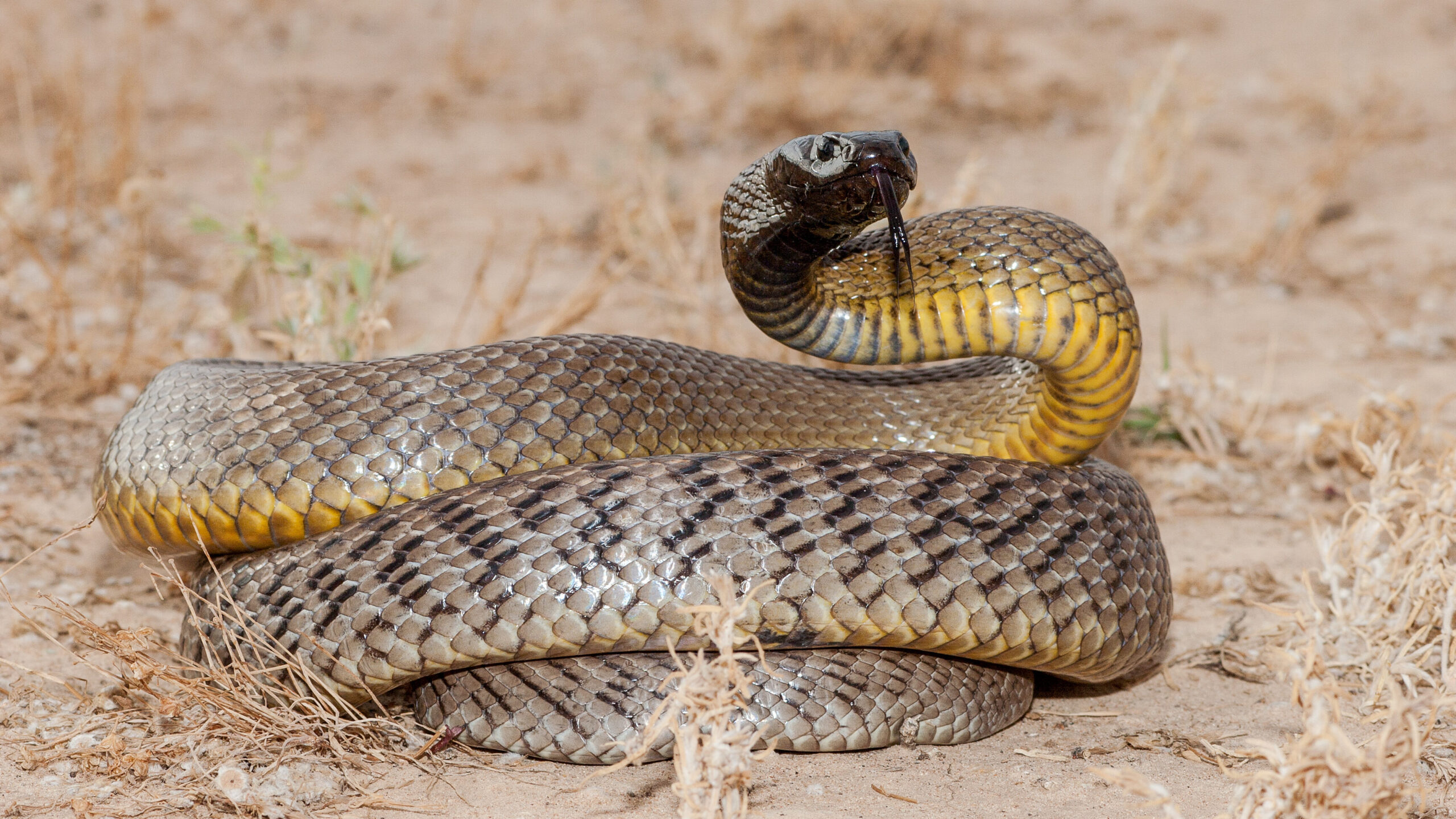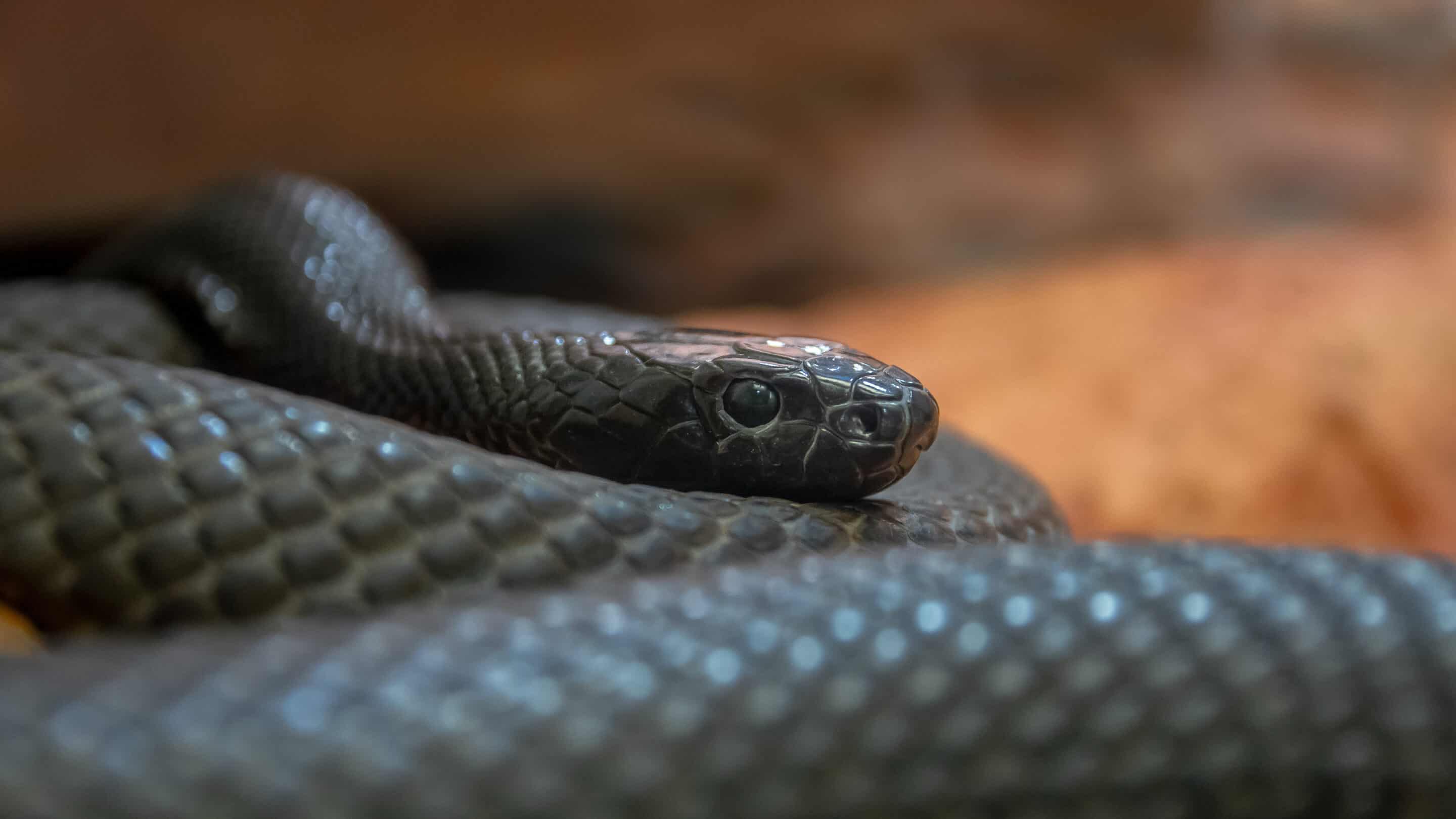Introduction
The tiger snake is just one of Australia's many notorious reptiles, feared for its powerful venom and hostile temperament. This remarkable creature plays an important duty in the ecosystem, yet it often faces misunderstandings that result in unnecessary fear. In this detailed short article, we will delve into the world of the tiger serpent, discovering its habitat, venom qualities, and essential first aid techniques in instance of a serpent bite.
Understanding the Tiger Serpent: Habitat, Venom, and First Aid Essentials
Tiger serpents are mostly located along the southern shoreline of Australia, including Tasmania. They thrive in different atmospheres such as wetlands, coastal areas, and also city areas. Their versatility makes them successful killers; nonetheless, their proximity to human environments usually brings about encounters that can cause bites.
This short article intends to demystify tiger serpents by reviewing their environment choices, examining their venom structure and results on humans, and supplying important emergency treatment info for bites.
Learn here1. Tiger Serpent Habitat: Where Do They Live?
1.1 Overview of Tiger Serpent Distribution
Tiger snakes (Notechis scutatus) are largely found in southerly Australia and Tasmania. They live in different ecosystems varying from coastal marshes to freshwater lakes.

- Coastal Areas: Tiger serpents are often discovered near shorelines where they search for fish and amphibians. Wetlands: These locations provide adequate concealing places and plentiful prey. Urban Areas: As cities broaden right into natural habitats, tiger serpents might be seen venturing right into rural gardens or parks.
1.2 Preferred Environments of Tiger Snakes
Tiger serpents choose wet settings where water sources are easily offered. Their environments generally consist of:
- Marshes: The dense plants permits them to assail target effectively. Swamps: These areas provide sanctuary from killers while providing a rich hunting ground. Riversides: Water bodies draw in several animals which serve as food sources for these snakes.
1.3 Environmental Factors Influencing Habitat Choice
Several variables affect where tiger snakes select to stay:
- Temperature: Being ectothermic (cold-blooded), they call for cozy settings for optimum task levels. Prey Accessibility: High populations of frogs and tiny animals bring in these snakes. Shelter: Dense plants offers not only as camouflage yet likewise as security against possible threats.
2. Are Tiger Snakes Venomous? Comprehending Their Venom
2.1 Make-up of Tiger Snake Venom
Yes! Tiger serpents are without a doubt poisonous creatures. Their venom Australian snake facts is a complex mixture having neurotoxins that can create paralysis and coagulopathies impacting blood clotting mechanisms.

Key Components of Poison:
- Neurotoxins: Affect nerve function leading to paralysis. Hemotoxins: Damage blood vessels triggering interior bleeding.
Understanding these components aids us appreciate the potency of a tiger snake bite.
2.2 Results of a Tiger Serpent Bite on Humans
A bite from a tiger serpent can bring about extreme symptoms:
- Local Signs: Discomfort, swelling, and staining at the bite site. Systemic Signs: Nausea or vomiting, throwing up, problem taking a breath due to paralysis or constriction of airways.
Severity Levels
Minor Bite: Local discomfort without systemic symptoms. Moderate Bite: Systemic signs and symptoms however manageable with clinical care. Severe Bite: Dangerous; requires prompt clinical intervention.3. Determining Various Kinds Of Tiger Snakes
3.1 Eastern vs Tasmanian Tiger Snakes
There are 2 primary categories based on geographic circulation:
Eastern Tiger Serpent (Notechis scutatus)
Found along eastern shorelines approximately Queensland.
Tasmanian Tiger Serpent (Notechis scutatus)
Adapted particularly to Tasmania's unique atmosphere with a little varying coloration patterns.
3.2 Color Variants in Environment Preferences
Tiger snakes display significant shade variations depending upon their environment:
- Coastal populations frequently show stripes or blotches for much better camouflage versus sandy shores.
4. Actions Patterns of Tiger Snakes
4.1 Aggression Level
Tiger snakes are known for their hostile behavior when threatened or cornered which can result in defensive strikes if provoked.
4.2 Hunting Techniques
They have exceptional agility enabling them to strike swiftly at target such as frogs or little rats mostly during twilight hours when they're most active-- making them nocturnal hunters!
5. Emergency Treatment for Snake Bites: Vital Steps You Have To Know
When it comes to handling snake attacks, knowledge is vital!

5.1 Immediate Actions After a Bite
If bitten by a tiger serpent:
Stay calm! Panic increases heart price which spreads poison much faster with your bloodstream.
Apply pressure around the wound using tidy towels-- stay clear of reducing or sucking out venom!
Remove tight clothing/jewelry near the bite site; swelling may take place rapidly.
Immobilize the influenced arm or leg making use of splints ideally-- this limits activity helping slow down venom spread!
5.2 Obtaining Clinical Help
Seek emergency situation clinical aid immediately! Time is critical when taking care of possible envenomation from tiger serpents!
5.3 First Aid Package Essentials for Serpent Bites
Having a well-equipped first aid package can make all the distinction throughout emergencies:
|Item|Description|| ------|-------------|| Stress Bandage|Assists immobilize wound|| Sterile Gauze|For clothing injuries|| Emergency Get In Touch With Information|Quick gain access to numbers|| Antivenom Info|Understanding regarding local antivenoms|
6 Frequently asked questions Concerning Tiger Snakes
Q1: Are all tiger snakes dangerous?
A: While all have venomous abilities affecting human beings significantly-- most favor avoidance unless threatened!
Q2: Exactly how rapidly does tiger snake poison influence humans?
A: Symptoms may manifest within minutes relying on place & & quantity injected during envenomation events!
Q3: Can you survive a tiger serpent bite without treatment?
A: Untreated attacks can be fatal as a result of fast development; prompt healthcare is crucial!
Q4: What ought to I do if I encounter one?
A: Preserve distance & & retreat slowly; avoid unexpected motions that may provoke aggression!
Q5: How usual are attacks from tiger snakes?
A: Although encounters occur often-- real bites stay reasonably unusual due mostly due precautionary actions taken by homeowners living within impacted ranges.
Q6: Is there an antidote available?
A: Yes! Antivenoms specific for Australian varieties exist-- clinical centers lug these drugs prepared when needed urgently post-bite incidents!
7 Conclusion
Understanding the details bordering "Understanding the Tiger Serpent: Environment, Venom, and Emergency Treatment Basics" is paramount not only for personal safety and security however Safety and Prevention likewise cultivating conjunction with these impressive creatures occupying Australia's landscape! By learning more about their actions & & effective reaction approaches regarding possible experiences-- we outfit ourselves better versus unnecessary anxieties while appreciating nature's variety completely! So allow's embrace education instead fear-- it leads towards consistency in between humankind wild animals alike!